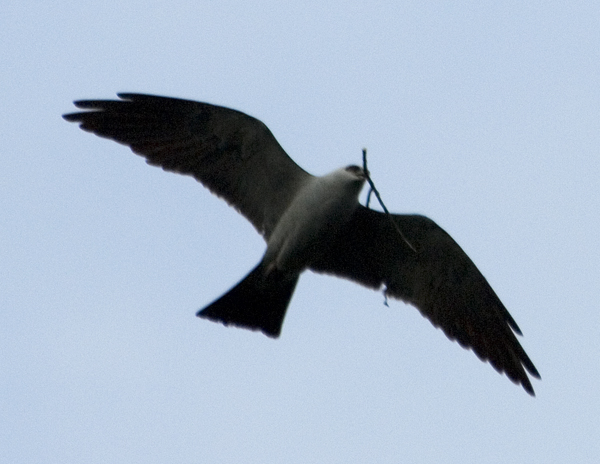
Not larger than an American Robin in size, these are one of the smaller owls found in North America.īody length – 43-56 centimeters (17-22 inches) The Northern Saw-whet Owls are named after the threatening calls they make, which sounds like the sharpening of a saw. Wingspan – 41-56 centimeters (16-22 inches)Ĭonservation status – slowly declining due to habitat loss You can usually find them near open fields, where they usually hunt.īody length – 16-22 centimeters (6.7-8.7 inches) They have a long, square-tipped tail and slim, pointed wings that are shaped like the wings of a falcon. They are about the size of a Blue Jay, and are also known as “Sparrow Hawk”. The American Kestrels are the smallest members of the hawk family found in North America. Wingspan – 51-61 centimeters (20-24 inches)Ĭonservation status – threatened/endangered Cooper’s Hawks are known for hunting by stealth, taking their prey by surprise as they approach them.īody length – 22-31 centimeters (8.7-12.2 inches) Their bill is short and robust, curving downwards at its tip. These medium-sized birds have a wedge-shaped tail and feet that are far too thick.

Named after the American ornithologist, William Cooper, the Cooper’s Hawks are endemic to the continent of North America. Wingspan – 62-99 centimeters (24-39 inches) These raptors are admired by many American tribes for their strength and courage. They have sharp talons and powerful feet and are fast and agile enough to grab prey like hares, rabbits, and squirrels in flight. With a dark brown body and golden-brown plumage, the Golden Eagles are the most widespread birds of prey found in North America.

Wingspan – 1.8-2.34 meters (5.11-7.8 feet)Ĭonservation status – sharp population decline in some regions They are farmers’ friends for eating all the crop-damaging insects and are also known to eat small birds, mammals, reptiles, and amphibians.īody length – 66-102 centimeters (26-40 inches) These small birds of prey are known for being buoyant fliers that hunt and eat small insects in flight. Scientific name – Ictinia mississippiensisīody length – 30-37 centimeters (12-15 inches)Īlthough the Mississippi Kites have been named “kite”, they look more like falcons than kites in appearance.


 0 kommentar(er)
0 kommentar(er)
